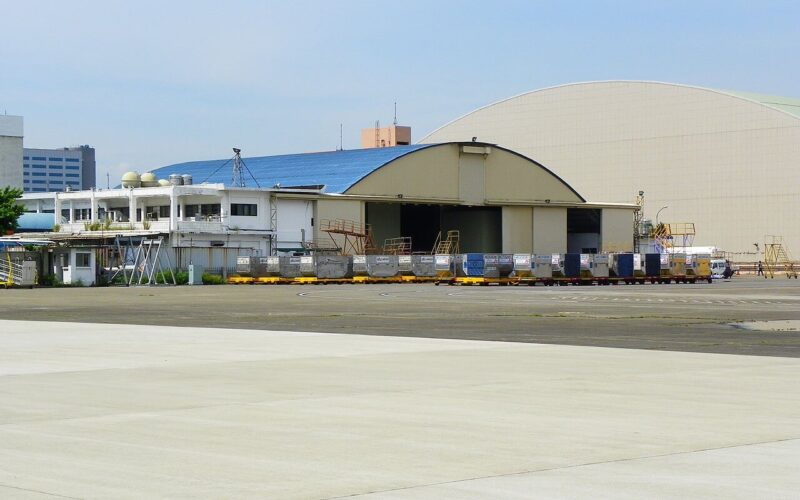DHL and McKinsey & Company released a joint paper in which the companies warn of potential shortcomings of delivering the COVID-19 vaccine globally. According to the report, logistical faults and insufficient infrastructure may prevent 60% of the world’s population from receiving the vaccine.
In the paper issued in September 2020, DHL, a Germany-based courier, and a consulting firm McKinsey & Company, explored the status quo of current worldwide distributional capabilities.
The research looked at six vaccine frontrunners currently under development, out of which four are either new or experimental. As much as novelty and innovation are an absolute requirement for producing a vaccine, different vaccine bases are likely to come with varying temperature requirements for storage and transportation, the paper claims.
Temperature conditions for a safe and efficacious vaccine may be as low as -80°C (stringent) or end up falling in the +2–8°C (conventional) range. If an experimental vaccine with a stringent temperature requirement proved to be the saving grace, a major part of the world would fall short in terms of infrastructure to deliver the vaccine to its people.
“Given that temperature requirements are likely to be the main challenge, regions with a particularly warm climate and those with limited cold-chain logistics infrastructure will pose the biggest challenge in a stringent vaccine distribution scenario,” the paper reads.
In the case that the vaccine temperature falls in a range of +2–8°C, 60% (5 billion people) of the world’s population would be able to receive it. However, if the temperature requirements are a stringent -80°C, it would only reach 25 most developed countries that are home to a mere 30% (2.5 billion) of people worldwide.
“Currently, large parts of Africa, South America and Asia could not be readily supplied at scale due to lack of cold-chain logistics capacity suitable for life science products,” the paper reads further.
It then looks at potential solutions that we, as a collective, could present in our current situation.
“However, even when leveraging existing infrastructures, the share of the world’s population with good access to a vaccine only increases to ~70%, reaching a total population of ~5 billion in ~60 countries. Feasibility for supplying substantial parts of Africa remains low due to high outside temperatures and limited cold chain infrastructure.”
The distributional challenges faced by governments worldwide were already apparent at the start of the pandemic.
Warehouses, not designated for life science products, acted as storage areas for medical supplies like hand sanitizers and disinfectants, due to time pressure and surging demand. Simultaneously, poorly managed real-time transparency on warehouse stock levels also impeded planning and caused substantial difficulties in making reliable product delivery promises.

